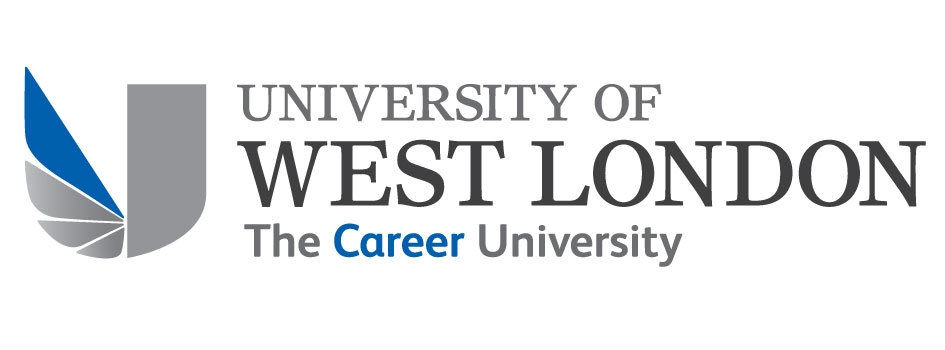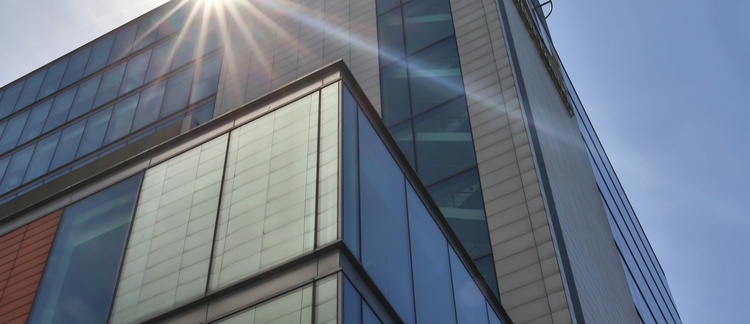The ‘tie that binds’: museum funding, soft power and K-pop
James Johnson (Jamie)
London College of Music
Supervisors:
Dr Tim Hughes
London College of Music
Professor Sara McGuinness
London College of Music
Hallyu! The Korean Wave (2022-23) at London’s Victoria and Albert Museum is the latest in a line of museum exhibitions to focus on popular music. Hallyu! exhibits K-pop in all its glory, celebrating the genre’s global circulation through a combination of material artefacts, interactive exhibits, staged lighting, sound and digital media. The phenomenon of the popular music exhibition has been discussed by scholars in a limited collection of literature focused on heritage tourism and curatorial practice (Leonard, 2007; Leonard, 2010; Mortensen and Madsen, 2014; Baker et al, 2018; Cortez, 2019). However, the issue of museum funding and state influence is not often considered in these texts.
In this paper I aim to address this gap in the existing literature by considering the question: can state funding affect the shaping of popular music exhibition content in museums? By combining a critique of the exhibition with analysis of interviews with museum professionals, I will explore Hallyu! The Korean Wave’s relationship with one of its main funding bodies: the South Korean Ministry of Culture, Sports and Tourism. It is no secret that government funding is integral to the activities of the twenty-first century museum; government funding has been described as “the ‘tie that binds’ museums to the achievement of government policy” (Scott, 2006, p. 47). By drawing on Michel Foucault’s (1975; 1976) writings on knowledge/power I will argue that this exhibition illustrates how display content can be shaped according to various state agendas. In doing so I will illustrate how this exhibition is an example of the ways in which international state governments utilise soft power in museums in the twenty-first century.

